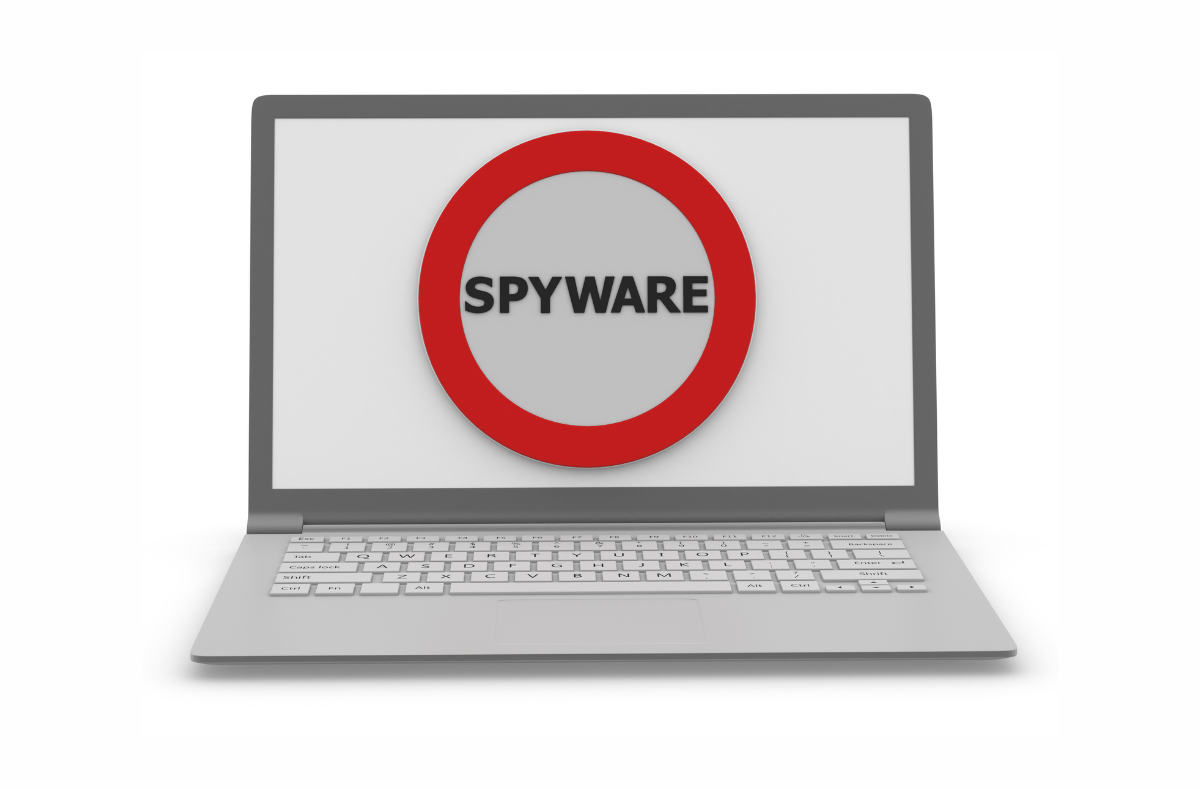
Ransomware, a type of malicious software that encrypts a victim’s files and demands payment to restore access, has become a significant threat to organizations worldwide. This article explores the prevalence and effectiveness of ransomware, providing insights into why it’s a preferred tool for cyber-criminals and how organizations can mitigate its impact.
The Prevalence of Ransomware
Ransomware attacks have seen a dramatic increase in recent years. Cyber-security firms report a surge in the number of ransomware incidents, with businesses, government agencies, and even hospitals falling victim. These attacks are not limited to any geographical location; they are a global problem, affecting both developed and developing nations.
The 2023 Global Ransomware Report
The 2023 Global Ransomware Report reveals a worrying trend: ransomware attacks are becoming more frequent and more damaging. The report highlights that the cost of ransomware attacks has tripled over the past year, with the average ransom payment reaching new highs. It also points out that the healthcare sector has been particularly targeted, with potentially life-threatening consequences.
The Effectiveness of Ransomware
Ransomware’s effectiveness lies in its ability to deny access to critical data quickly. Modern ransomware strains use sophisticated encryption algorithms that make it nearly impossible to recover the encrypted files without the decryption key. Furthermore, cybercriminals are shifting from widespread ransomware campaigns to targeted attacks, increasing their chances of success. These targeted attacks often involve extensive reconnaissance and are tailored to exploit specific vulnerabilities in the victim’s network.
Ransomware Deployment Methods
Ransomware is typically deployed through phishing emails or exploit kits. Phishing emails trick users into clicking on a malicious link or opening a malicious attachment, while exploit kits take advantage of vulnerabilities in software to deliver ransomware. Increasingly, however, attackers are also using more sophisticated methods, such as supply chain attacks and zero-day exploits.
Behavior-Based Ransomware Detection
Behavior-based ransomware detection is a promising method for combating ransomware. This approach monitors the behavior of applications and processes on a system to identify suspicious activities associated with ransomware, such as rapid file encryption. While this method is not foolproof, it can significantly reduce the time between infection and detection, limiting the damage caused by the ransomware.
Mitigation Strategies
Preventing ransomware attacks requires a multi-faceted approach. Regularly updating and patching software can protect against exploit kits. Employee training can reduce the risk of successful phishing attacks. Regular backups can ensure that, even if a ransomware attack succeeds, the damage can be minimized. Additionally, organizations should consider implementing a robust incident response plan to ensure they can respond effectively to a ransomware attack.
Addressing Ransomware into the Future
Looking ahead, artificial intelligence (AI) and machine learning (ML) are set to play a crucial role in ransomware detection and prevention. These technologies can analyze vast amounts of data to identify ransomware threats before they can cause damage. They can also help predict future attack trends, allowing organizations to stay one step ahead of the attackers.
What are some common types of ransomware?
Here are some common types of ransomware:
- Crypto Ransomware or Encryptors: This type of ransomware encrypts the files and data within a system, making the content inaccessible without a decryption key.
- Lockers: Lockers completely lock you out of your system, so your files and applications are inaccessible. A lock screen displays the ransom demand, possibly with a countdown clock to increase urgency and drive victims to act.
- Scareware: Scareware is fake software that claims to have detected a virus or other issue on your computer and directs you to pay to resolve the problem. Some types of scareware lock the computer, while others simply flood the screen with pop-up alerts without actually damaging files.
- Doxware or Leakware: Leakware threatens to distribute sensitive personal or company information online, and many people panic and pay the ransom to prevent private data from falling into the wrong hands or entering the public domain.
- Ransomware as a Service (RaaS): RaaS refers to malware hosted anonymously by a “professional” hacker that handles all aspects of the attack, from distributing ransomware to collecting payments and restoring access, in return for a cut of the loot.
Conclusion
Ransomware is a prevalent and effective tool for cybercriminals, but organizations are not defenseless. By understanding the threat and implementing robust security measures, they can significantly reduce their risk of falling victim to a ransomware attack. As we move into the future, the fight against ransomware will undoubtedly continue to evolve, but with the right strategies and tools, we can hope to turn the tide against this pervasive threat.



